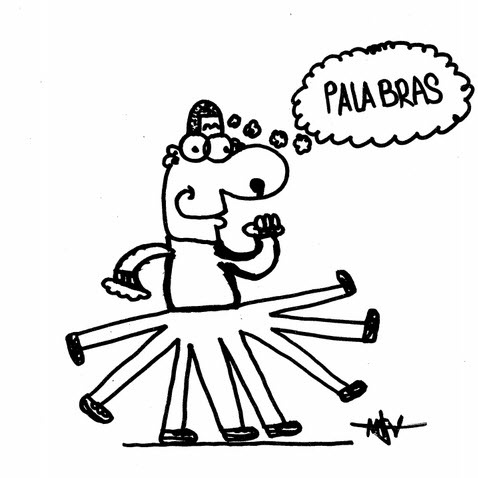
Reading skills: conditions for reading comprehension.
Reading skills: Which are the necessary conditions to have a good reading comprehension?
All readers, even the experts ones, use reading skills strategies unconsciously. As Solé (1992) says, during the reading and the comprehension of a text, nothing occurs. That is in part not true, because of the fact that processing of written information, essential for a good reading comprehension or reading skills, it is automatic. Nevertheless, when we crash with an obstacle, a barrier (ex: an incomprehensible sentence, an unexpected ending that contradicts our expectations, a page incorrectly placed that difficult the comprehension), then our “autopilot” gets altered, and so does our reading skills (Palincsar y Brown, 1984). At that point, we must need to stop reading and pay attention to the obstacle, to the main problem. That implies additional processing and attention. The majority of times it reclaims many actions or resources to improve and solve the actual problems with reading skills: reading it again paying attention at the context of the sentence, examine the premises on which are based our predictions to know which one should be the end of the novel, among others.
Following what Palincsar and Brown (1984) pointed out, what we comprehend of what we read is a product of 3 conditions:
1. The content’s clarity and coherency, if the text has a familiar and known structure, and the fact that text has an acceptable lexical, syntaxes and internal cohesion.
2. How much does the reader know about the world? The quantity and variety of previous world knowledge makes the reader able to understand or attribute meaning to what he/she is reading. That means that the text must be itself comprehensible and the reader must have the appropriate world knowledge to develop an interpretation about it. To know more about how previous world knowledge influences our reading comprehension, check out the following post.
3. The strategies the reader uses to intensify comprehension and memory, or detect and compensate mistakes or comprehension errors. These strategies are resourses responsible for the interpretation of the text. Moreover they allow the reader to detect and be conscious of what does he/she understand and what he does not. That way, he/she is able to try to find out a possible solution to that problem. To know more about a few strategies that could help you improving reading comprehension, check out the following post.
References:
Palincsar, A.S. y Brown, A.L. (1984). Reciprocal teaching of comprehension-fostering and comprehension-monitoring activities. Cognition and Instruction, 1(2), 117-17
Solé, I. (1992). Estrategias de lectura. Graó.


